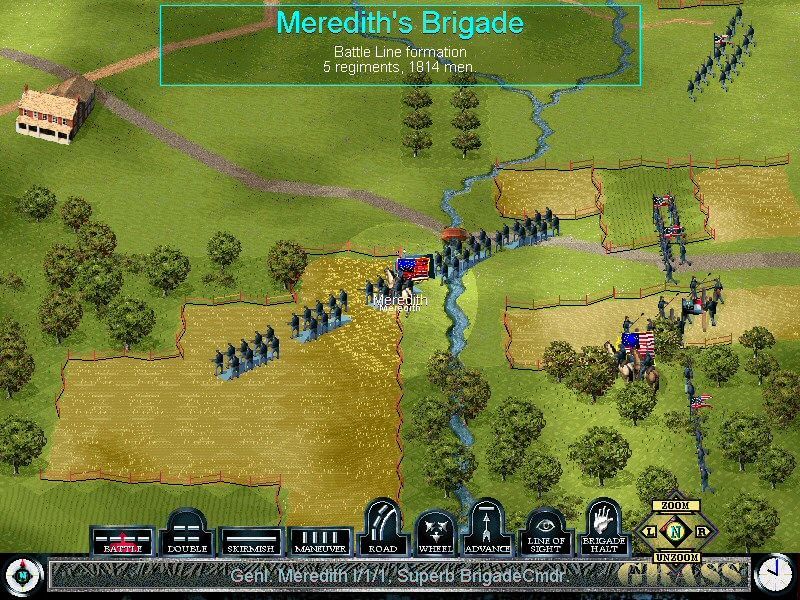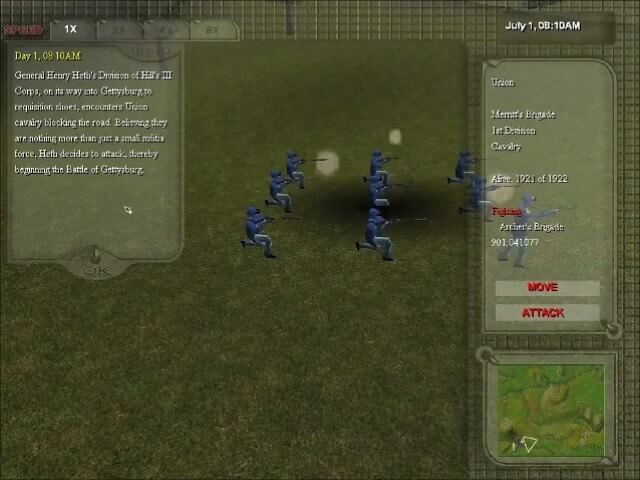
Next Generation listed him in their "75 Most Important People in the Games Industry of 1995", calling him "a prolific developer of some of the best games in 's catalog". In 1996, he invented a "System for Real-Time Music Composition and Synthesis" used in C.P.U.

įiraxis continued to develop the same type of strategy games that Meier had developed at MicroProse, many of which are follow-ups to those titles, such as the new Civilization games and a remake of Sid Meier's Pirates! (2004). Meier, along with MicroProse employees Jeff Briggs and Brian Reynolds, were dissastified with these decisions, and opted to leave the company to form Firaxis Games in 1997. As a cost-cutting measure, Spectrum cut many of the jobs at MicroProse at 1996 and consolidated much of their operations. MicroProse, after it had become a public company, merged with Spectrum HoloByte in 1993 under Spectrum's name, with Spectrum as the operating company.

Unable to resolve the matter with Stealey, Meier quietly sold Stealey his half of the company but otherwise remained with the company in his same role.
#Sid meier's gettysburg windows 10 series
For instance, Brian Reynolds has been credited as the primary designer behind Sid Meier's Civilization II, Sid Meier's Alpha Centauri, and Sid Meier's Colonization, while Jeff Briggs designed Sid Meier's Civilization III, Soren Johnson led Sid Meier's Civilization IV, Jon Shafer led Sid Meier's Civilization V and Will Miller and David McDonough were the designers of Sid Meier's Civilization: Beyond Earth.Īfter the release of F-19 Stealth Fighter, Meier focused on strategy games, later saying "Everything I thought was cool about a flight simulator had gone into that game." Inspired by SimCity and Empire, he created Sid Meier's Railroad Tycoon and later the game series for which he is most widely recognized, Sid Meier's Civilization, although he designed only the first installment.Īround 1990, Stealey wanted to expand MicroProse to produce arcade games, which Meier felt was too risky. Meier is not always the main designer on titles that carry his name. The idea was successful by 1992 an entry in Computer Gaming World 's poetry contest praised Meier's name as "a guarantee they got it right". And he turns to me and says 'Bill, you should put Sid's name on a couple of these boxes, and promote him as the star.' And that's how Sid's name got on Pirates, and Civilization." And he kept us in stitches for two hours.
#Sid meier's gettysburg windows 10 software
Stealey recalled: "We were at dinner at a Software Publishers Association meeting, and Robin Williams was there.

Stealey decided that Meier's name would make those who purchased the flight simulators more likely to play the game. He later explained that the inclusion of his name was because Pirates! is very different from the company's earlier titles. In 1987, the company released Sid Meier's Pirates!, the first with Meier's name in the title. After a few initial 2D action games, such as Meier's platformer Floyd of the Jungle, MicroProse settled into a run of flight simulation titles beginning with Hellcat Ace (1982) and continuing with Spitfire Ace (1982), Solo Flight (1983), and F-15 Strike Eagle (1985), all designed and programmed by Meier.īy 1986 MicroProse was using Meier's name and face in advertisements for its games. Meier founded MicroProse with Stealey in 1982. Sid Meier has stated on numerous occasions that he emphasizes the "fun parts" of a simulation and throws out the rest. The two decided to launch a new company for computer game development. He found a co-worker, Bill Stealey, who had a similar interest in developing games, and shared the games that Meier had developed. 1981, which helped him realize that computer programming could be used to make video games. During this period, Meier purchased an Atari 800 c. Career įollowing college, Meier worked in developing cash register systems for department stores.

He studied history and computer science, graduating with a degree in computer science from the University of Michigan. A few years later, the family moved to Michigan, US, where Meier was raised. Meier was born in Sarnia, Ontario, Canada, to parents of Dutch and Swiss descent, giving him both Canadian and Swiss citizenship.


 0 kommentar(er)
0 kommentar(er)
